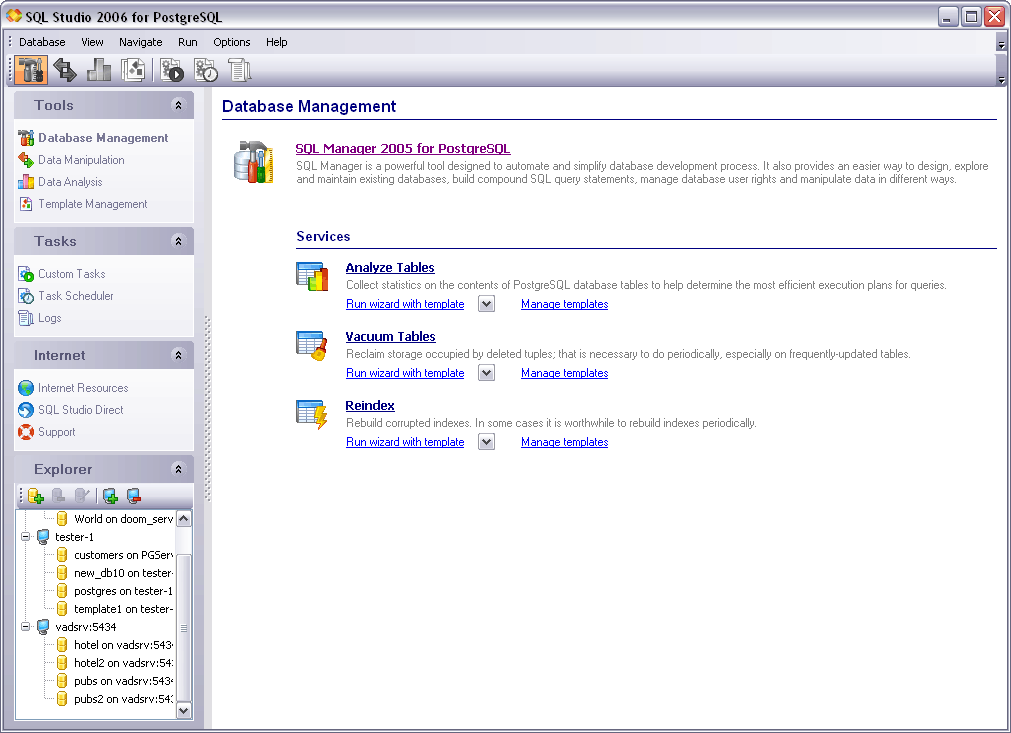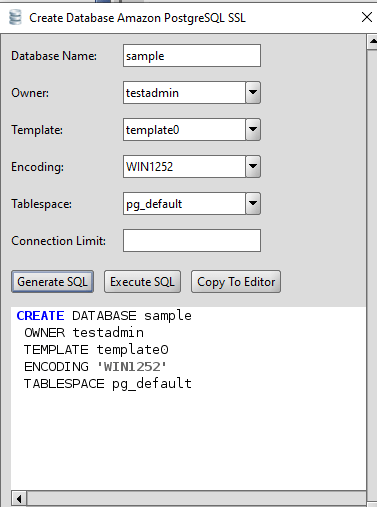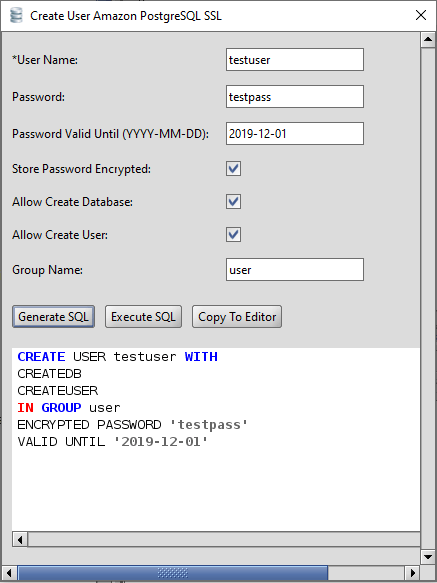

In the default settings shown above, PostgreSQL will not track disk block I/O latency ( track_io_timing), or user-defined functions ( track_functions), so if you want to collect these metrics, you’ll need to enable them in the configuration file. #- # RUNTIME STATISTICS #- # - Query/Index Statistics Collector - #track_activities = on #track_counts = on #track_io_timing = off #track_functions = none # none, pl, all #track_activity_query_size = 1024 # (change requires restart) #update_process_title = on #stats_temp_directory = 'pg_stat_tmp' To confirm this, you can check your nf file to see what PostgreSQL is currently collecting, and specify any desired changes in the “Runtime Statistics” section:

By default, PostgreSQL’s statistics collector should already be set up to collect most of the metrics covered in Part 1. While some types of internal statistics are collected by default, others must be manually enabled, because of the additional load it would place on each query. Configuring the PostgreSQL statistics collector
#MANAGEMENT TOOLS FOR POSTGRESQL CODE#
For example, the code for pg_stat_database indicates that it queries the number of connections, deadlocks, and tuples/rows fetched, returned, updated, inserted, and deleted. You can dig deeper into each statistics view’s actual query language by looking at the system views source code. The collector aggregates statistics on a per-table, per-database, or per-index basis, depending on the metric.

#MANAGEMENT TOOLS FOR POSTGRESQL HOW TO#
In this post, we will show you how to access key metrics from PostgreSQL (through the statistics collector and other native sources), and with an open source, dedicated monitoring tool. PostgreSQL’s built-in statistics collector automatically aggregates most of these metrics internally, so you’ll simply need to query predefined statistics views in order to start gaining more visibility into your databases.īecause some of the metrics mentioned in Part 1 are not accessible through these statistics views, they will need to be collected through other sources, as explained in a later section. As explained in Part 1 of this series, PostgreSQL provides a few categories of key metrics to help users track their databases’ health and performance.


 0 kommentar(er)
0 kommentar(er)
